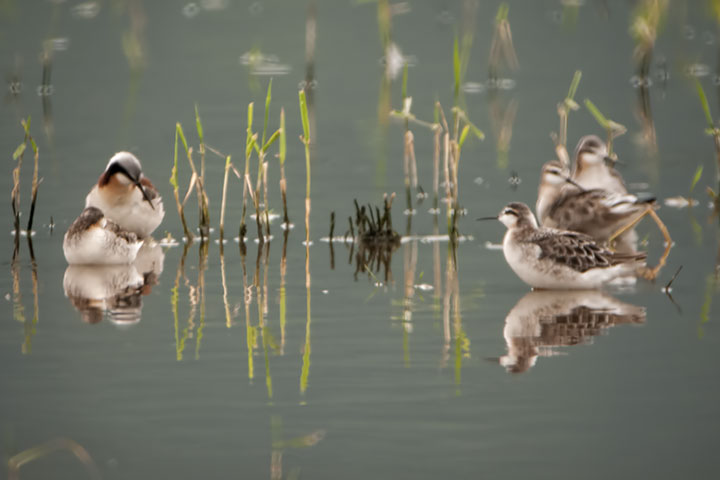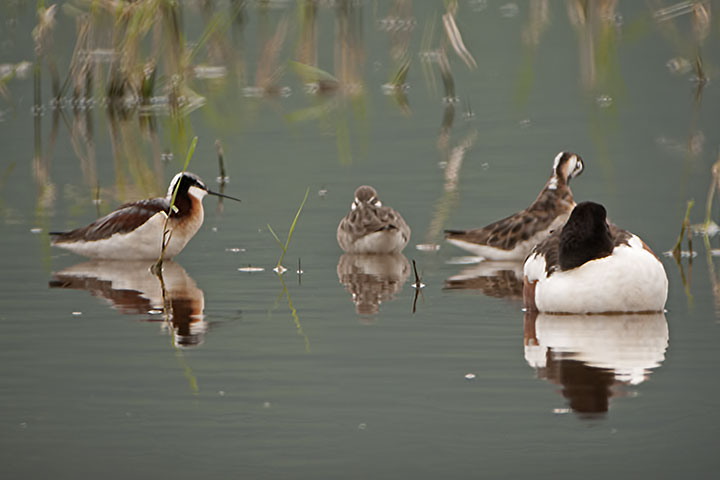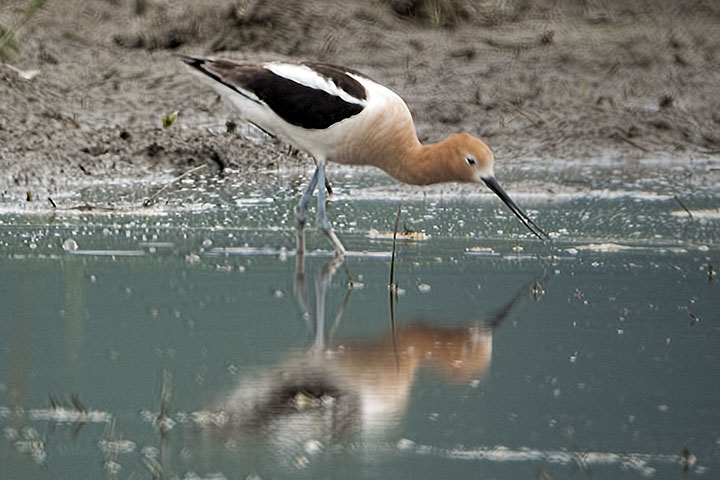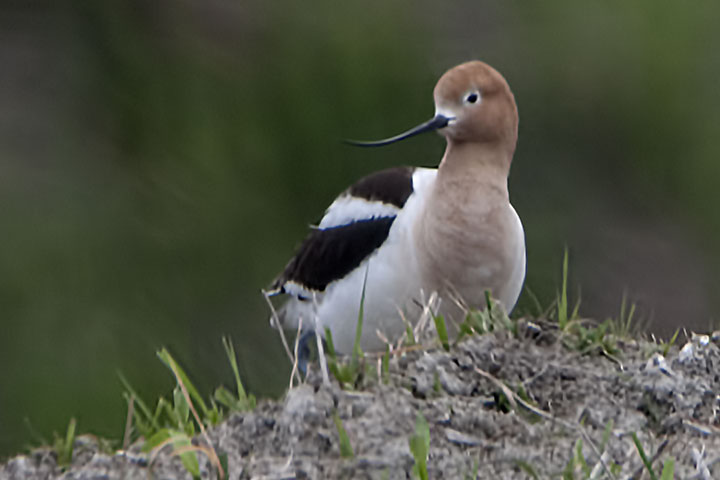A slough in a farmer’s field at the south end of Kootenay Lake has an uncanny hold on local bird watchers. An almost preternatural range of uncommon birds visit this isolated patch of water on a regular basis while largely ignoring the surrounding region. What is the attraction of this singular spot?
I have visited the pond a number of times—everyone has—but had previously not thought to ask others: why here? By rooting around through the bird and farming literature, I have produced a speculative answer: a high pH. The insight came when I discovered that two of the visitors seen last Sunday favoured alkaline ponds. From there, I learned that farmer’s ponds are often alkaline. It seems that such ponds, by being unfavourable for fish, typically offer an abundance of tasty crustaceans to birds. In short, these birds have discovered a reliable food source.
Is this why such birds favour this particular pond? It would take a better chemist and ornithologist than I am to properly answer this, but it is a plausible guess. Below are two of a number of somewhat uncommon waders visiting the slough last Sunday.
Unfortunately for birders, but fortunately for birds, the fenced field places the pond far from the road. A minor consequence is that pictures are, alas, somewhat soft.
The pond held teals and shovelers as well as waders, but only the later are treated. These are Wilson’s Phalaropes. The ones in the back are female, the three in the foreground are male.
A male phalarope sits between two females. The duck on the far right is a male shoveler. 
An American Avocet probes the pond for something to eat,
while another peers over the edge of an embankment.
